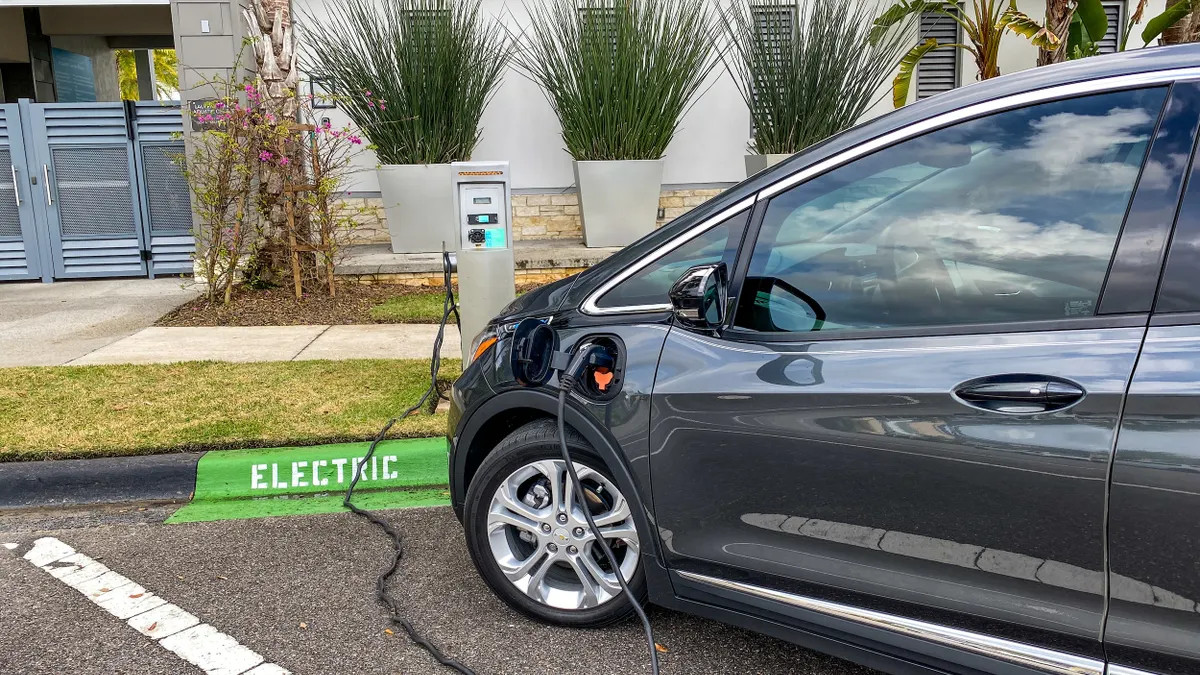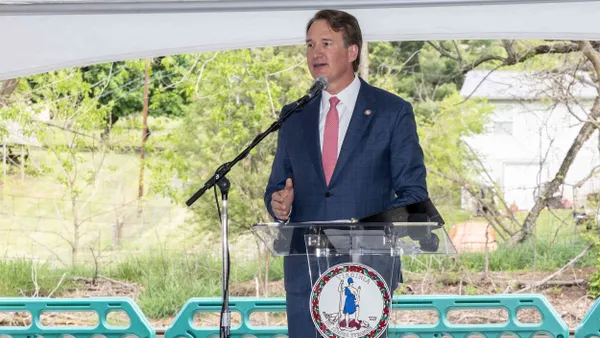Some natural disasters can be so dangerous that they leave cities with just one option: Get people out of harm’s way, and fast. Climate change may result in cities confronting these challenges more often, as it can increase the frequency and severity of some weather events, from wildfires to hurricanes.
Moving millions of people out of an area quickly is no easy feat, especially when many of them don’t own a vehicle, said John Renne, who directs Florida Atlantic University’s Center for Urban and Environmental Solutions and has studied evacuation-related issues for years.
“There's not a place in this country where there's not some segment of the population that is carless, so we need to start thinking about that more, especially as our population is aging,” said Renne, who recently became the deputy director of the Center for Equitable Transit-Oriented Communities, a consortium of five universities established last month by the U.S. Department of Transportation, which has funded it with a multi-million-dollar grant.

Smart Cities Dive caught up with Renne to hear his thoughts on how cities can better serve vulnerable populations during evacuations, which local governments are leading the way and how public art can play a life-saving role during disasters.
Editor’s note: This interview has been edited for length and clarity.
SMART CITIES DIVE: What should cities consider when developing a transportation system that is adequately prepared to move people during a climate disaster?
JOHN RENNE: The problem we often have is that the different disciplines that work on disaster planning, like emergency managers, don't always communicate as effectively with people that run our transportation systems. A lot of times they'll work with the department of transportation, [which] focuses on roads and highways and bridges, because those are often pretty vulnerable. But in many cities, folks that run transit agencies or other mobility services are not always considered, and the people that work in those agencies don't always think about disasters as something that they ought to be focusing on because they’re focused on the day-to-day needs.
There's no mandatory evacuation planning in the United States. So, it's incumbent upon every local jurisdiction to really think about [which] vulnerabilities are a threat to them.
What are common shortcomings of cities’ transit systems when climate disasters hit?
There's probably not a lot of good information [given] to the public about how do you use the transit system to evacuate, and where do you go? Are the shelters connected [to transit]? How do you get to a shelter if you need to get to a shelter? Most places don't really have a good way to think about that.
New Orleans created what's called the “evacuspots.” [They’re] sculptures, 16 of them around the city of New Orleans. They're very iconic, and most people see them on a day-to-day basis. When a disaster strikes, the politicians or the newscasters can show people on the local news, “Hey, this is an evacuspot. Go here, a bus will pick you up, and we'll take you to a shelter.”
That's the kind of thing that hasn't happened all that much, which is, how do you take the complication out of the need? You just want to be as simple as possible in communicating.
Have you seen any particularly creative or effective strategies by cities to try to build more resilient, useful transportation systems?
Florida does a really good job at the county level. They are probably the leader in the United States. Certainly Miami-Dade County and Monroe County and the Florida Keys are some of the best because they have such high levels of threat [from] storms, and they also have high levels of populations that rely on public transit or even high levels of homeless populations.
The key ingredient to success in those particular jurisdictions, particularly Miami-Dade County, is that the emergency managers work very closely with nonprofit organizations and social service providers that work with populations on a daily basis that have specific vulnerabilities.
It's not just the governmental responsibility, it's a community responsibility. Nonprofit organizations have to be at the table to participate in thinking about these issues because they work with blind people and people that have mobility needs and folks who have other specific needs.
Folks who are on vacation, who go to Orlando to the theme parks, or who go to New Orleans, or who go to Miami, they might not think of themselves as having specific needs, but oftentimes they don't have a car [when they’re on a vacation]. These people might be very wealthy, and they may have a million-dollar house somewhere else in the country, but [when a hurricane hits], they're in a hotel and they're trapped, and they have a specific need. If somebody hasn't thought about serving that segment of the population, which is the tourism segment of the population, ahead of time, they're going to be stuck.
Every year, hundreds of thousands or millions of new people that are moving to Florida have never experienced a storm, and they need to be continually educated on what they do when a disaster strikes. We don't really do a good job of setting up a good framework or a process for doing this in a systematic way across the whole country.




















